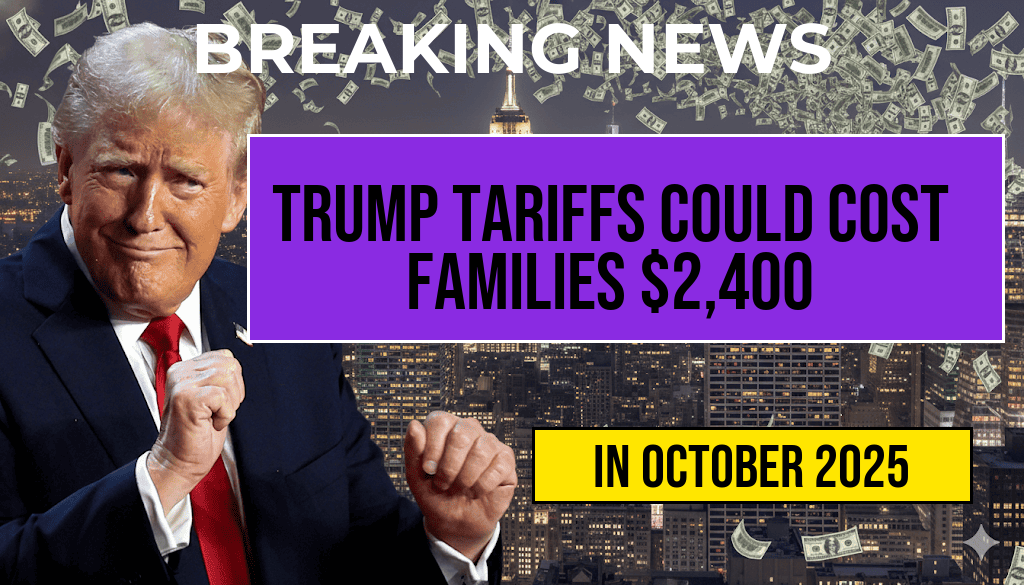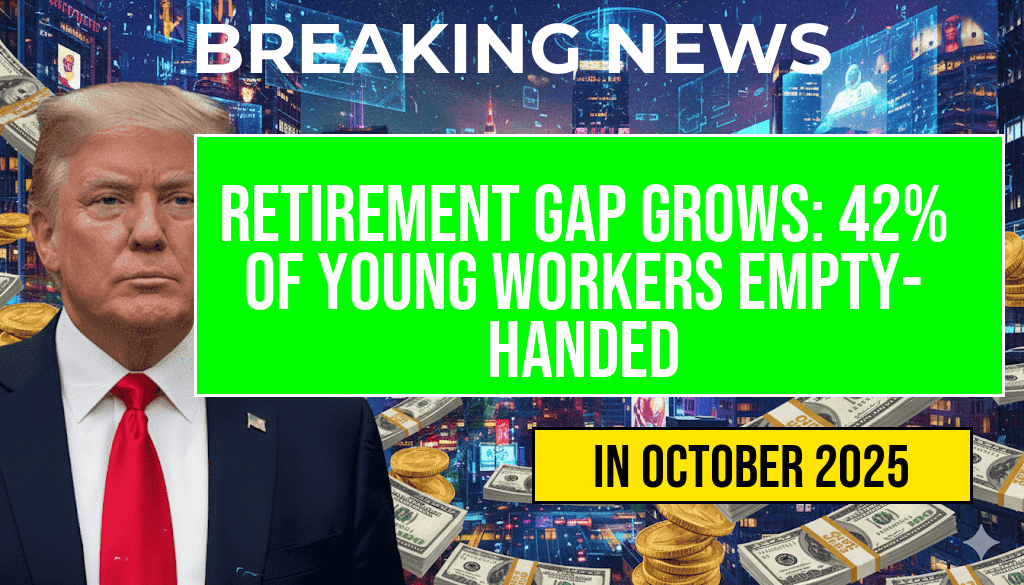Recent discussions surrounding former President Donald Trump’s tariffs suggest they could impose an additional $2,400 annually on average for American families. Dubbed the “Turbulence Tax” by critics, these tariffs are expected to influence the cost of everyday goods, from electronics to clothing, as well as impact broader economic stability. While proponents argue tariffs protect domestic industries and create jobs, opponents warn that higher consumer prices could strain household budgets, especially for middle- and lower-income families. Understanding the scope and implications of these tariffs is essential for consumers, policymakers, and businesses alike as the debate over trade policies continues to unfold.
The Origins and Scope of the Tariffs
The tariffs in question stem from the Trump administration’s approach to trade, which prioritized tariffs as a means to renegotiate trade agreements and shield American manufacturing from global competition. Implemented primarily between 2018 and 2020, these tariffs targeted a range of imports including steel, aluminum, and various Chinese goods. Although some tariffs were lifted or reduced, a significant portion remains in effect, creating persistent hurdles for importers and consumers.
How Tariffs Translate to Household Costs
Economists estimate that ongoing tariffs could translate into an average annual expense increase of approximately $2,400 per family. This figure accounts for higher prices across a spectrum of goods and services. For example, tariffs on steel and aluminum have increased manufacturing costs, which are often passed down to consumers through elevated prices for automobiles, appliances, and construction materials. Similarly, tariffs on Chinese imports have led to higher prices for electronics, clothing, and toys.
Impact on Consumer Goods
- Electronics: Increased costs for components lead to higher retail prices on smartphones, laptops, and home appliances.
- Clothing and Textiles: Tariffs on apparel imports raise retail prices, affecting family clothing budgets.
- Food Products: Certain agricultural tariffs have contributed to elevated prices for imported foods, although the impact varies.
Economic and Market Reactions
Financial markets and industry sectors have responded variably to ongoing tariff policies. While some manufacturers have benefited from protectionist measures, many retailers and consumers face mounting costs. According to analyses from economic research institutions, these tariffs have contributed to inflationary pressures, complicating the Federal Reserve’s efforts to manage interest rates and price stability.
Broader Implications for the Economy
| Cost Component | Estimated Increase |
|---|---|
| Electronics and Appliances | $800 |
| Clothing and Textiles | $500 |
| Automotive and Transportation | $600 |
| Food and Household Goods | $500 |
Political and Policy Perspectives
Supporters of tariffs argue they serve as leverage in trade negotiations, aiming to restore fairer terms and protect key industries. They point to recent employment gains in manufacturing sectors and increased domestic production as evidence of benefits. Conversely, critics emphasize the unintended consequences, including inflation and reduced competitiveness. They also highlight the burden placed on consumers, particularly those with constrained budgets, who often bear the brunt of higher prices.
What Consumers Can Expect Moving Forward
As trade policies evolve, consumers should prepare for potential fluctuations in the prices of imported goods. Retailers and manufacturers may adjust their supply chains and pricing strategies accordingly. Experts recommend that families budget for possible increases and explore alternatives, such as sourcing domestically produced goods or purchasing during sales events to offset costs.
Resources for Further Information
Frequently Asked Questions
Question
What is the “Turbulence Tax” and how does it affect family expenses?
Answer
The “Turbulence Tax” refers to the additional costs families may face due to Trump tariffs, potentially adding up to $2,400 annually to household expenses by increasing prices on imported goods.
Question
Which types of products are most affected by these tariffs?
Answer
Imported electronics, clothing, and household items are among the most impacted, as tariffs increase the cost of these goods, leading to higher retail prices for consumers.
Question
How might these tariffs influence the overall economy and family budgets?
Answer
Tariffs can lead to higher prices for consumers and potential disruptions in supply chains, which may strain family budgets and contribute to economic turbulence.
Question
Are there any measures or policies that can help families mitigate these additional costs?
Answer
Families can consider shopping locally, choosing domestic products, and monitoring policy updates to better manage increased expenses caused by tariffs and reduce the impact of the “Turbulence Tax”.
Question
When did these tariffs and the concept of the “Turbulence Tax” become a concern for families?
Answer
The concern has grown since the implementation of Trump’s tariffs policies, with recent analyses highlighting their potential to add significant costs, such as $2,400 annually, to average family expenses.






